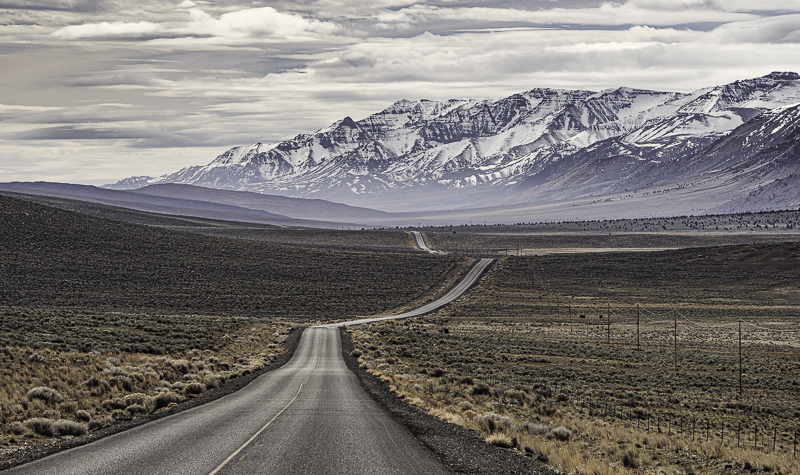Every Picture Is a Compromise
Lessons from the Also-rans
Most photography websites show the photographer's very best work. Wonderful. But that's not the full story of a creative life. If we want to learn, we'd better pay attention to the images that aren't "greatest hits" and see what lessons they have to offer. Every picture is a compromise — the sum of its parts, optical, technical, visual, emotional, and even cosmic – well, maybe not cosmic, but sometimes spiritual. Success on all fronts is rare. It's ok to learn from those that are not our best.
This is a series about my also-rans, some of which I've been able to improve at bit (i.e., "best effort"), none of which I would consider my best. With each there are lessons worth sharing, so I will.
Original digital capturePictures Come from Pictures WeekThis week will see the 1,000th post in this series, so it seems like a good time to scan back — way back — to my beginnings. Each day I'll look at a contact sheet (above) from my film archives and compare it to a more recent image of the same visual idea. There is nothing new under the sun, or as Carl Chiarenza says, "Pictures come from pictures." The contact sheets are all from the mid-1980s or 90s. The revisited images at left are all digital images after 2005. The Backstory:The vanishing point road above is one of hundreds I could have selected for this example. This one is from Eastern Washington, photographed in 2000. Obviously, it is the storm clouds that make this road interesting. I much prefer the composition at left for its lyrical rise and fall. Of course the mountains in the background don't hurt. This is probably the best vanishing point road image I have. That doesn't mean I'm done, however. I keep shooting this because I never tire of the feeling such open spaces give me. Even when the pictures are bad, the trip is wonderful. |


